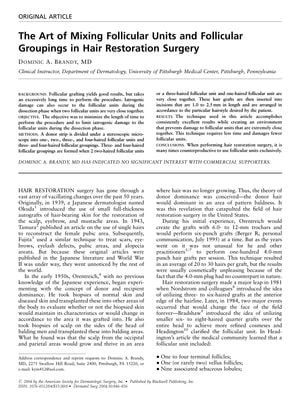TLDR A hair restoration technique was introduced that mixes different types of hair groupings to reduce procedure time, limit damage, and potentially increase hair density, suggesting more hair can be transplanted than previously thought.
In 2004, Dominic A. Brandy, MD, introduced a hair restoration technique that combined follicular units and follicular groupings to reduce procedure time and limit follicular damage. The method involved dividing the donor strip into one-, two-, three-, and four-haired follicular units and three- and four-haired follicular groupings, which were then inserted according to the patient's desired hairstyle. The study presented three case studies, transplanting 4920, 6215, and 4621 hairs respectively, and demonstrated successful results with strategic graft placement. The document also discussed "cherry-picking" grafts and "dense packing" techniques to potentially increase hair density. It concluded by challenging the estimate that only 25% of hair in the donor area is available for transplanting, suggesting more could be harvested without significant thinning in the donor area.
21 citations
,
August 2000 in “Dermatologic Surgery” The technique reduces hair loss and increases hair density in early baldness.
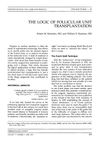 77 citations
,
April 1999 in “Dermatologic Clinics”
77 citations
,
April 1999 in “Dermatologic Clinics” The document concludes that follicular unit transplantation offers more natural results and better graft survival than older hair transplant methods.
172 citations
,
December 1994 in “The Journal of Dermatologic Surgery and Oncology” This hair transplant method improves cosmetic results for hair loss.
15 citations
,
March 1985 in “The Journal of Dermatologic Surgery and Oncology” Hair transplantation has evolved with improved techniques and safety measures.

Hair restoration surgery has improved to transplant hair in natural groupings, but it's labor-intensive and can't fully restore normal hair density.
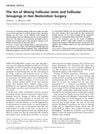 7 citations
,
June 2004 in “Dermatologic Surgery”
7 citations
,
June 2004 in “Dermatologic Surgery” A new hair transplant method combines individual and group follicles for better results and efficiency.
 July 1998 in “Dermatologic Surgery”
July 1998 in “Dermatologic Surgery” Various techniques and tools for hair restoration were presented in 1998, including a mathematical model for donor area, use of lasers in surgery, methods for controlling grafted hair direction, and ways to increase graft yield. Satisfaction rates were around 39%, and studies showed trauma and dehydration can damage hair follicles.
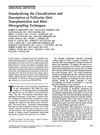 33 citations
,
September 1998 in “Dermatologic Surgery”
33 citations
,
September 1998 in “Dermatologic Surgery” Surgeons suggested a standard system for hair transplant methods to improve communication and results.
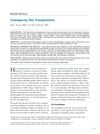 54 citations
,
August 2009 in “Dermatologic Surgery”
54 citations
,
August 2009 in “Dermatologic Surgery” Modern hair transplants use small grafts for a natural look and drugs to prevent further loss, with high patient satisfaction.
